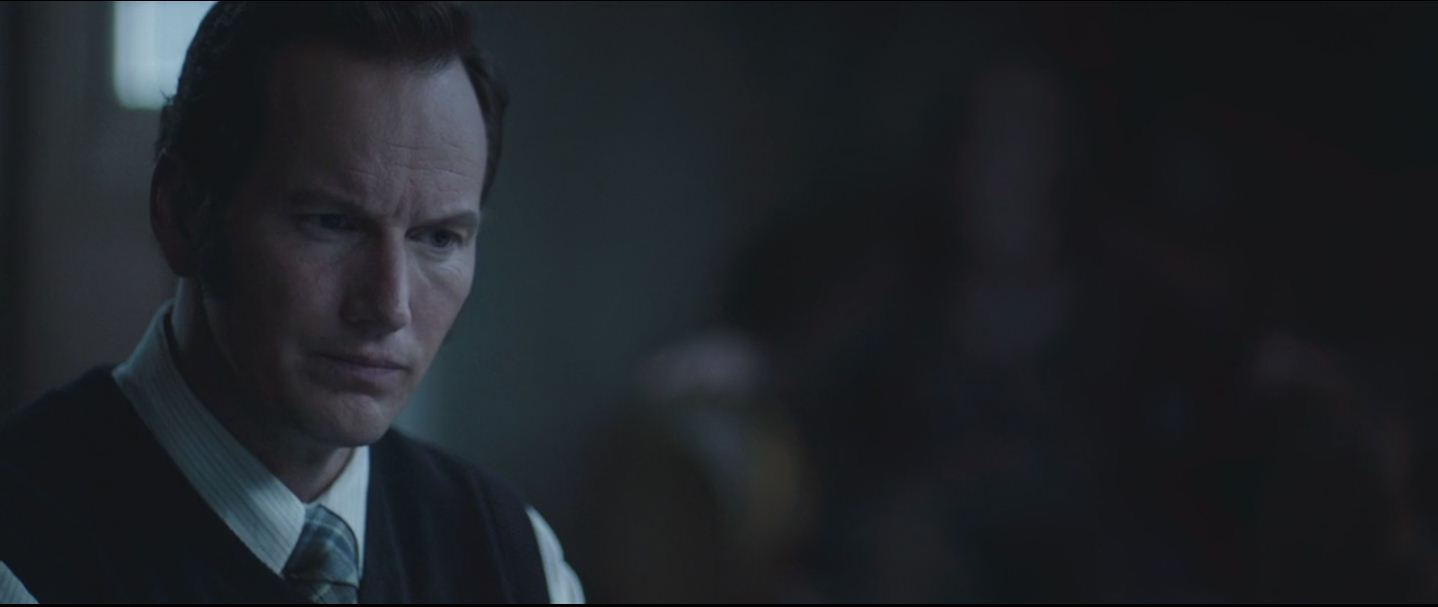It was used to give the benefit of doubt in the mind of audience.
The original case of Enfield Poltergeist was also quite vague in terms of interpretation of being a real Poltergeist story or just a hoax.
The Enfield Poltergeist is the name given to the claims of poltergeist activity at a council house in Brimsdown, Enfield, England from 1977 to 1979 involving two sisters, ages 11 and 13. Some members of the Society for Psychical Research such as inventor Maurice Grosse and writer Guy Lyon Playfair believed the haunting to be genuine, while others such as professors of psychology Anita Gregory and John Beloff were "unconvinced" and found evidence the girls had faked incidents for the benefit of reporters. Members of the Committee for Skeptical Inquiry including stage magicians such as Milbourne Christopher, Joe Nickell, and Bob Couttie investigated the incidents and criticised paranormal investigators for being overly credulous, identifying various features of the case as being indicative of a hoax.
In a television interview for BBC Scotland, Janet was observed to gain attention by waving her hand, and then putting her hand in front of her mouth while a claimed "disembodied" voice was heard. During the interview both girls were asked the question "How does it feel to be haunted by a poltergeist?" Janet replied "It's not haunted" and Margaret interrupted "Shut up".
Sceptics have also noted that the alleged poltergeist voice that originated from Janet was produced by false vocal cords above the larynx and had the phraseology and vocabulary of a child. Maurice Grosse made tape recordings of Janet, and believed that there was no trickery involved, but the magician Bob Couttie has written, "he made some of the recordings available to me and, having listened to them very carefully, I came to the conclusion that there was nothing in what I had heard that was beyond the capabilities of an imaginative teenager."
So the whole haunting incident was a bit controversial and went from one side to the other a lot. So the film also played with that same theme and kept the doubt in the mind of the audience, too.

